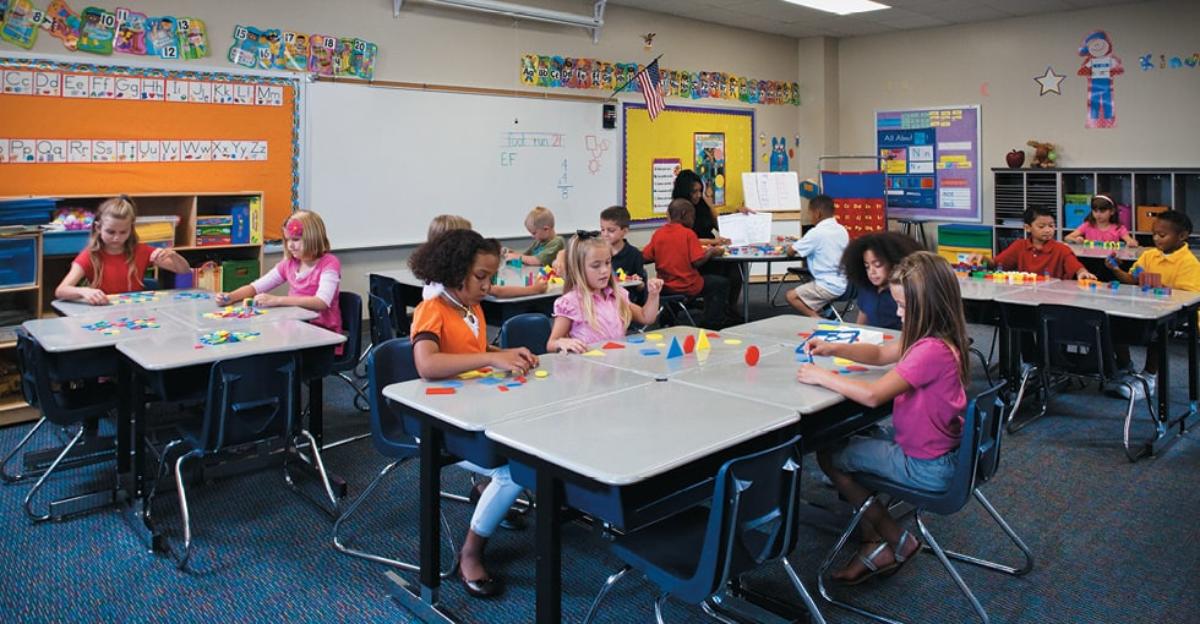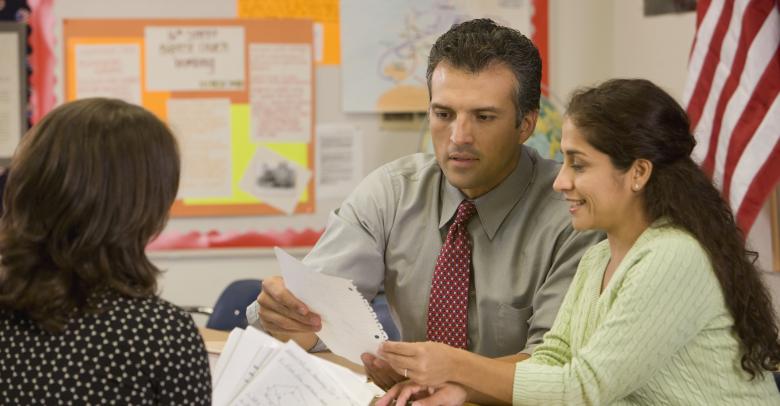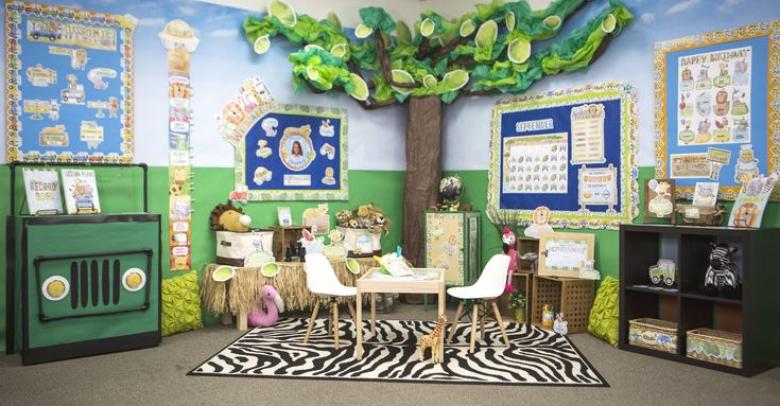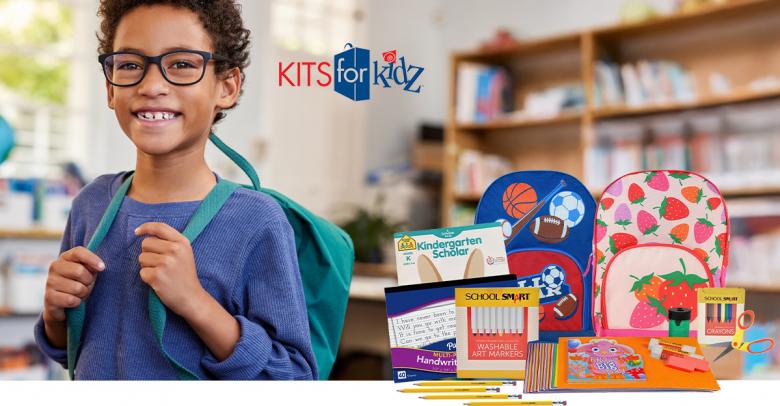August is a funny month for teachers. On one hand, you love the freedom of summer — getting to sleep in and enjoy a relaxed cup of coffee every morning is a big bonus! On the other hand, something about the way the light changes or the air feels triggers that deepest of teacher urges:
It’s time to set up your classroom for another school year.
If you actually can’t wait to get back into your classroom and start arranging the desks, we feel you. And we’ve got some simple suggestions to help you get the seating just right.
Arranging the Desks
Unless you plan to start the school year with some fun and exciting standardized tests, arranging your desks in straight rows is probably off the table. It’s boring and takes up a ton of space. But how should you set them up?
For middle school students who come to your classroom for only a portion of the day, it makes sense to place your desks in a horseshoe if you can. This allows students to see each other and engage in class discussion while still focusing their attention on the board (and you!) when they need to. You can also easily push the desks back to the walls when you need open floor space for group activities.
For elementary schoolers, it makes more sense to divide your room into zones for reading, classroom meetings, and lecture. Arranging student desks into small “tables” of four is ideal for group work and practice, and it saves space. Set your room up so that you can lecture in both the front and the back so you won’t have to worry about the same kids sitting backwards all the time, either.
Making the Seating Chart
Before you do anything else, check your roster to see which students have IEPs and 504 accommodations, and place any who need preferential seating into your plan first. After that, the big challenge of the first seating chart is that you don’t know anyone yet, so just fill in the empty chairs in a way that evenly distributes boys and girls for now.
As you get to know your students, you’ll be able to move them around to create groups that work well together — and keeps the class clowns apart. To keep students flexible — and to keep seating changes from feeling like a punishment — move kids around regularly. Try changing seats every month or even every two weeks to keep kids on their toes. Even if you’re only sliding them one desk down in the horseshoe or rotating groups to different tables, everyone benefits from a new point of view.






Leave a Reply